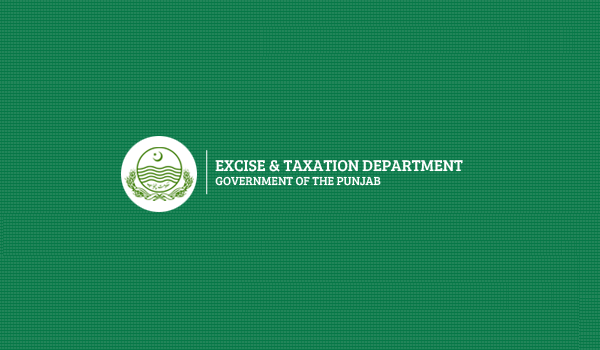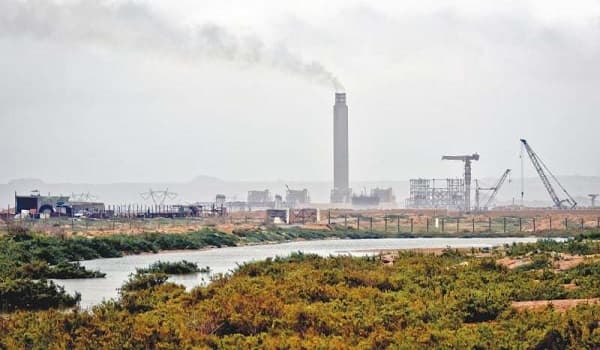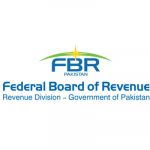KARACHI: Markets along M.A. Jinnah Road and I.I. Chundrigar Road contributed the highest amount —. Rs48.2 million — under the head of property tax during the July 2010-April 2011 period, it emerged on Tuesday. The Defence Housing Authority (DHA) collected Rs15.3 million as property tax from the markets and residential units falling within its jurisdiction, including Clifton, during the period.
Among the other major taxpayers, housing societies paid Rs16.2 million, Gulshan-i-Iqbal Rs15.2 million, Gulistan-i-Jauhar Rs14.2 million, North Karachi Rs12.8 million, SITE Rs12.1 million, Korangi Rs10 million, Parsi Colony Rs6.2 million, Liaquatabad Rs3.4 million and Sohrab Goth including the areas along the Superhighway paid Rs30.5 million during the period under review.
The excise & taxation department collected Rs1,105.5 million property tax during the period compared to Rs1,143.4 million it had collected in the corresponding period last year, showing a shortfall of Rs38 million. Various commercial and residential units owe Rs482 million to the authority concerned in property tax until May 1, 2011. The excise & taxation department collects property tax and passes it on to the local government.
The highest default of Rs84.8 million appeared to be on the part of the units on M.A. Jinnah Road and I.I. Chundrigar Road followed by SITE (Rs57.6 million), Korangi (Rs53.9 million), North Nazimabad (Rs8.1 million), Korangi (Rs53.9 million) and housing societies (Rs22.9 million). Statistics show that businessmen and other people of some areas have minimum tax defaults. On top of these areas are Gulshan-i-Iqbal with a tax arrears of just Rs351,630, Gulistan-i-Jauhar Rs19 million and North Karachi Rs8.1 million.The areas having property tax default exceeding Rs10 million include Clifton Rs11.5 million, housing societies Rs22.9 million, Tariq Road Rs23.2 million, Gulistan-i-Jauhar Rs19 million and North Nazimabad Rs14.7 million.
There are in all 800,000 commercial and residential units in the metropolis registered with the department, according to the last survey carried out in 2000. Since then no survey has been carried out, although it is supposed to be conducted by the local government every five years to determine the value of properties and consequent tax rate applicable to them. In the absence of a fresh survey, the department has asked the local government department to allow a 10 to 15 per cent increase in property tax rates on an ad-hoc basis.
Property Tax Director Shabbir Ahmed hopes that revenue from the tax will increase after computerisation of the tax enforcement and collection system, which will be ready by July 2011. Under the new system, property tax challans, produced manually at present, would also be generated by computers. About his departments efforts to bring new units under the property tax net, he said that most new buildings comprised two-bedroom flats, which were exempt from the tax. “Builders prefer to offer small flats in view of high inflation, price hike and the increasing cost of living.”
Giving reasons for the Rs38 million shortfall in the revenue collection, Mr Shabbir said that frequent violence in the city was the main impediment in the recovery of arrears. “Some areas such as Sohrab Goth, Banaras, Orangi, North Karachi, Landhi and Korangi remained inaccessible most of the time during the year,” he said.He said the property tax rates were fixed in 2001 and never revised since then despite manifold increase in property value.
The existing rate of property tax is 50 paisa per square foot for residential units, Rs4.60 per square foot for flats, 70 paisa per square foot for industrial units and Rs325 per square foot for commercial units. The tax is calculated at the rate of 20 per cent of the value of a property evaluated at the above-mentioned rates.






